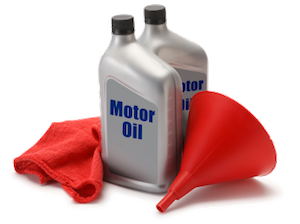home | e-mail | terms of use
oilspecifications.org
ACEA 2016: Good Bye A1/B1, Welcome C5
The European Automobile Manufacturers' Association (ACEA) introduced its new oil sequences on December 1, 2016. The new specifications have been long awaited by the industry since there have been 4 years between the ACEA 2012 and ACEA 2016 sequences. The major changes from the last series and this one are the replacement of obsolete tests, the removal of A1/B1 and the introduction of the C5 category.
New tests
ACEA decided to replace some obsolete tests with new ones that are more relevant currently than those used before. One of the new tests is a new High Temperature, High Shear Rate test, the HTHS100 that tests the dynamic viscosity @ 100 degrees Celsius @ 106 s-1 shear rate. The reason for this is that this temperature is more relevant with regard to fuel economy than HTHS measured @ 150 degrees Celsius. Further new tests include CEC L-104 (piston cleanliness test, in presence of biodiesel), CEC L-106 (viscosity increase and piston cleanliness), CEC L-109 (oxidation test), CEC L-112 (elastomer compatibilty test), Mack T-8E (replaces Mack T-11), etc.
ACEA C5 introduced
With engine and motor oil development during recent years there was a need for an aftertreatment compatible specification that covers the new 0W20 and 5W20 oils. These oils typically have HTHS viscosites below 2.9 mPa*s so the C1 - C4 categories were unsuitable. C5 requires a mid-SAPS oil - since it has the same SAPS limits as C2 and C3 - but a HTHS viscosity between 2.6 and 2.9 mPa*s. Fuel economy-wise C5 demands 2% better fuel economy than C3.
ACEA A1/B1 removed
The A1/B1 specification is no longer required since the new C5 specification covers the relevant low-HTHS oils and also ensures aftertreatment compatibility. Hence the ACEA A1/B1 specification is no longer part of the ACEA Oil Sequences.
Find out more about the new oil sequences on our page about ACEA.


